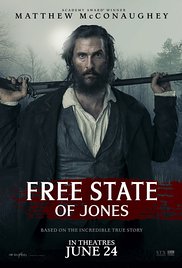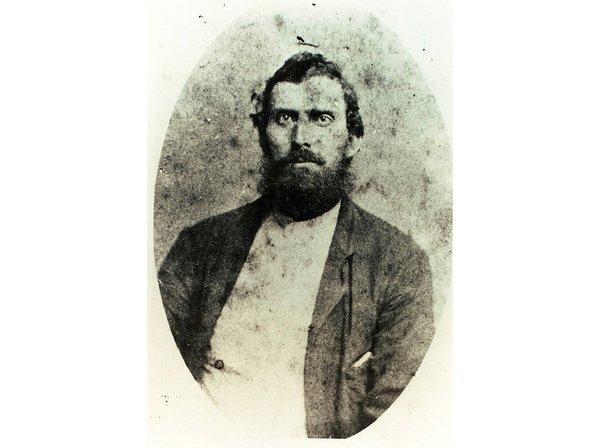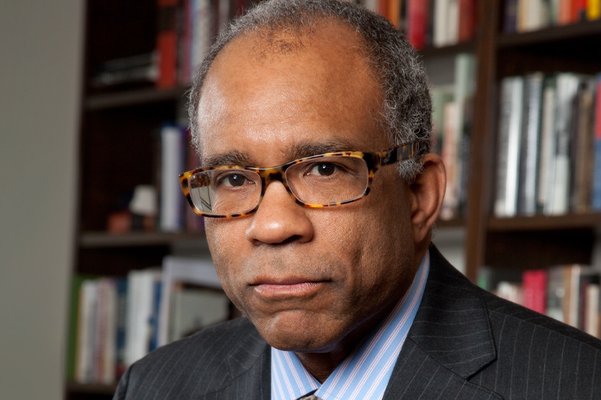After watching the film, engage the class in a discussion about the movie. Suggested discussion questions are set out below:
1. How does this film change your view of the Southern side of the Civil War?
Suggested Response:
The response, of course, will depend upon what students already know about the Civil War. Strong responses might mention that romantic notions of the Confederacy, such as “the lost cause” myth, are untrue. Others might echo the Jones County resident quoted by the Smithsonian Magazine.
2. Before and during the Civil War, political and religious leaders in the South claimed that slavery was necessary for civilization and that it was sanctioned by the Christian God. How do you explain this?
Suggested Response:
This was an extreme case of the psychological mechanism called “motivated blindness.” See TWM’s student handout entitled Motivated Blindness and the Normalcy Bias: A Brief Introduction. While slavery had been traditional in many societies, by 1860 it had already been outlawed by most of the Western world. There was no excuse for slavery except for the slave owners’ financial self-interest.
3. Everyone is at risk of falling prey to motivated blindness. There are many examples of this in modern history and in society today. Give an example of motivated blindness in your own life.
Suggested Response:
People in every day life who ignore the health implications of a convenience food diet, Learning Guide to Super Size Me; people who refuse to heed the warnings about floods or hurricanes and don’t evacuate when a flood or a hurricane is imminent; people who ignore the horrific environmental consequences of animal agriculture and continue to eat meat and dairy on a daily basis, Learning Guide to Cowspiracy; and religious leaders who turned a blind eye to a pattern of sexual abuse of parishioners by clergy, see Learning Guide to Spotlight. For more examples, see TWM’s student handout on Motivated Blindness and the Normalcy Bias: A Brief Introduction.
4. Newton Knight was faced with a dilemma when the 20 Negro Law and the Tax in Kind Laws were passed. As a member of the Confederate Army and a citizen of the Confederacy (although he was both of these only reluctantly), he had duties of loyalty to his army and his country. However, the Confederacy was asking him to fight for slavery, which he knew to be wrong, and for an aristocratic class that he opposed. Knight chose to desert. Did he do the right thing? In your answer, discuss what will trump loyalty to your country. Do not include in your consideration, the fact that the tax in kind collectors had taken Newt’s best horse and were depriving his family of food.
Suggested Response:
There is no one correct response. Loyalty to one’s country is important. For most things, in a democratic country in which the majority or their representatives make policy decisions, good citizenship requires that once the decision is made everyone should go along with it. However, there are limits, and each person must decide for himself. Most people would contend that slavery is intolerable in a civilized country and no citizen has a duty to support a country that supports slavery.
5. Add to the preceding question the fact that the Confederate tax in kind collectors had taken his best horse and were depriving his family of food. How does that change your response.
Suggested Response:
This really seals the deal because no government which preys upon its citizens and deprives their family of the means of making a livelihood deserves their loyalty.
6. [This is a question for students who self-identify as white people of Southern heritage.] A current resident of Jones County told an interviewer from the Smithsonian Magazine,
When you grow up in the South, you hear all the time about your ‘heritage,’ like it’s the greatest thing there is. When I hear that word, I think of grits and sweet tea, but mostly I think about slavery and racism, and it pains me. Newt Knight gives me something in my heritage, as a white Southerner, that I can feel proud about. We didn’t all go along with it.” The True Story of the ‘Free State of Jones’ by Richard Grant, Smithsonian Magazine, March 2016.
What do you think of this statement? Explain your reasons.
Suggested Response:
There is no one correct response. Students who compare Newt Knight to Robert E. Lee, often thought of as a Southern “patriot,” should be reminded that while General Lee was brilliant on the field of battle, his statesmanship is open to serious criticism. Before he joined the rebellion, General Lee was an officer in the U.S. Army, having taken an oath to defend the Constitution. Shortly before the Civil War he had been offered command of the Union armies. General Lee disliked slavery and joined the rebellion claiming loyalty to his seceded home state of Virginia. One view is that Lee betrayed his oath to support the U.S. Constitution for what turned out to be an outmoded theory of states rights and to defend a criminal enterprise, slavery. Had General Lee contributed his considerable talents to fighting for the Union, the Civil War would probably have been over in a very short period of time. Thus, General Lee can be said to bear some responsibility for the deaths of hundreds of thousands of men, North and South. Newton Knight, on the other hand, fought to protect his family and friends from a government that endorsed the criminal enterprise of slavery and which seized the crops and farm animals of poor people, leaving unprotected wives and children in desperate circumstances.
Questions About Race Suggested by this Film
7. Instances of Southern white men having sexual relations with black women were not unusual both before the Civil War and after. What was different about the way that Newton Knight treated Rachel and their children compared to the way that most white men in the South treated black women with whom they had sexual relations and the children that came after?
Suggested Response:
He showed respect for Rachel, took her as his common-law wife, and had the integrity to acknowledge his children and take care of them.
8. It was commonly believed in the South during the 17th – 20th centuries that a person with even one drop of black blood, that is one small bit of black ancestry, was classified as black and unfit to participate in white society. This was called the “one-drop rule.” What does the “one-drop rule” tell us about racism against African Americas?
Suggested Response:
A good discussion of this question will involve the following: the “one-drop rule” exemplifies the absurdity of racism and the guilt that whites had about how they treated black people. Can it logically be contended that one drop of black blood should dictate the social group to which a person belongs? But it’s not only the racists of the old South who applied illogical criteria in determining someone’s race. For example, in the U.S. today, many people with one black grandparent out of four will often be identified as black. Is this logical? Then again, someone can have two black grandparents and, if they “look white,” they can reject their roots in the black community and “pass” for white. In the discussion teachers should lead students to the realization that the concept of race as a descriptive factor in society “is a social invention and a cultural identification, rather than a biological reality.” Bynum, The Free State of Jones pg. 193.








